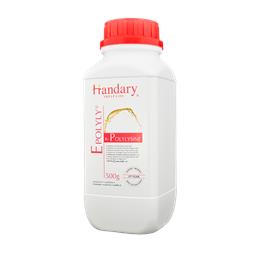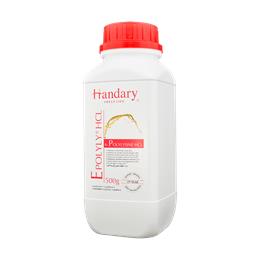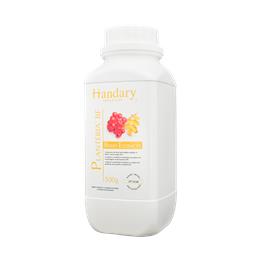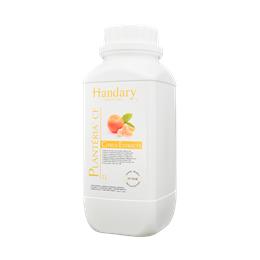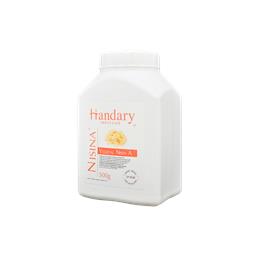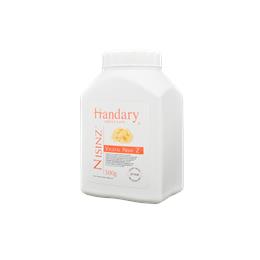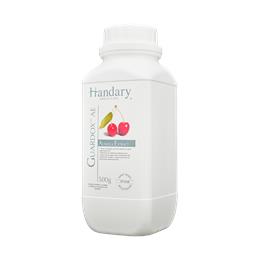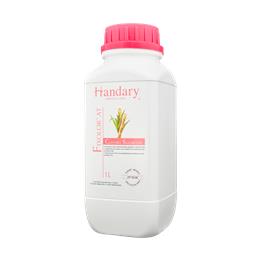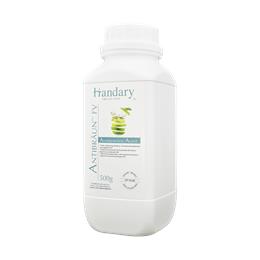Description
Fruit and vegetable juices are beverages made by extracting the juice from fruits and vegetables. They are high in nutrients like vitamins and antioxidants. Fruit juices are made from fruits like oranges and apples, while vegetable juices are made from vegetables like carrots and kale. Juices can be consumed alone or used as a base for smoothies. While juices can be healthy, it's important to be mindful of portion sizes and added sugars. Whole fruits and vegetables are generally a better option as they contain more fiber and are more filling.
Yeasts & Molds
Yeasts and molds can be present in fruits and vegetables juices as they are naturally occurring microorganisms that are commonly found in the environment. These microorganisms can grow on the surface of fruits and vegetables, and if the conditions are right, can contaminate the juice during processing or storage.
Yeasts can ferment the sugars in the juice, producing alcohol and carbon dioxide. If the juice is left unrefrigerated, this fermentation can continue and can cause the juice to become fizzy and sour. Molds can produce mycotoxins, which are harmful substances that can cause illness in humans.
Overall, while yeasts and molds can potentially contaminate fruits and vegetables juices, manufacturers take steps to ensure the safety and quality of their products. By using proper sanitation practices, processing techniques, and preservatives, manufacturers can produce juices that are safe, stable, and appealing to consumers.
Gram-Positive Bacteria
Gram-positive bacteria can also be present in fruits and vegetables juices, and some of these bacteria can cause foodborne illnesses in humans. Examples of gram-positive bacteria that can contaminate fruits and vegetables juices include Bacillus, Clostridium, and Listeria.
Bacillus and Clostridium are spore-forming bacteria that can survive harsh processing conditions, such as pasteurization. These bacteria can also produce toxins that can cause food poisoning in humans. Listeria is a non-spore-forming bacterium that can grow at refrigeration temperatures and can cause serious illness in immunocompromised individuals, pregnant women, and the elderly.
Overall, while gram-positive bacteria can potentially contaminate fruits and vegetables juices, manufacturers take steps to ensure the safety and quality of their products. By using proper sanitation practices, processing techniques, and control measures, manufacturers can produce juices that are safe, stable, and appealing to consumers.
Enzymatic Browning (Color Loss)
Enzymatic browning is a natural process that can occur in fruit and vegetable juices, leading to color loss and a decrease in quality. Enzymatic browning occurs when enzymes in the fruit or vegetable react with oxygen in the air, producing brown pigments and changing the color of the juice.
Enzymatic browning can be more pronounced in some fruits and vegetables than others, such as apples, pears, peaches, and potatoes. Enzymatic browning can also be accelerated by cutting or crushing the fruit or vegetable, which can expose more of the enzymes to oxygen.
Overall, enzymatic browning is a natural process that can occur in fruit and vegetable juices, leading to color loss and a decrease in quality. Manufacturers and consumers can take steps to prevent or minimize enzymatic browning by reducing exposure to oxygen and adding antioxidants or acidulants.
 English
English 简体中文
简体中文 Français
Français Español
Español
